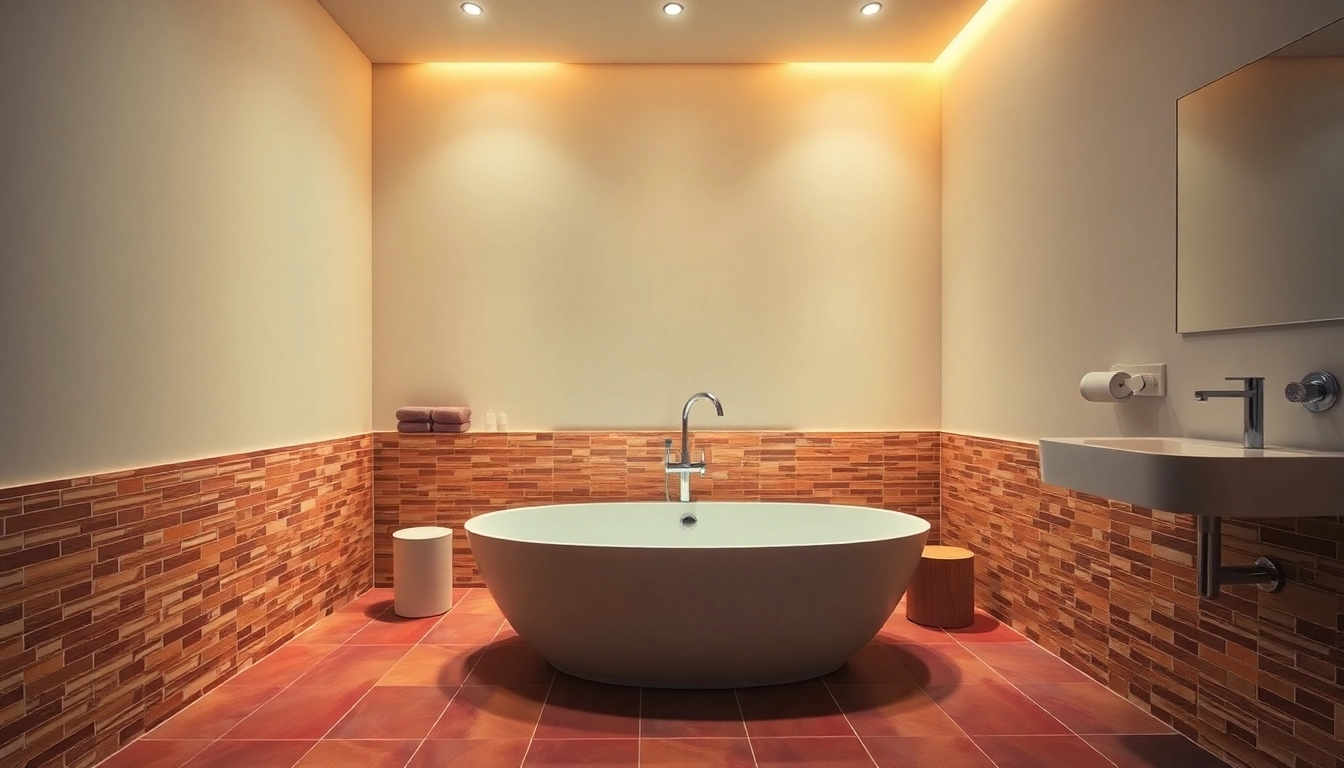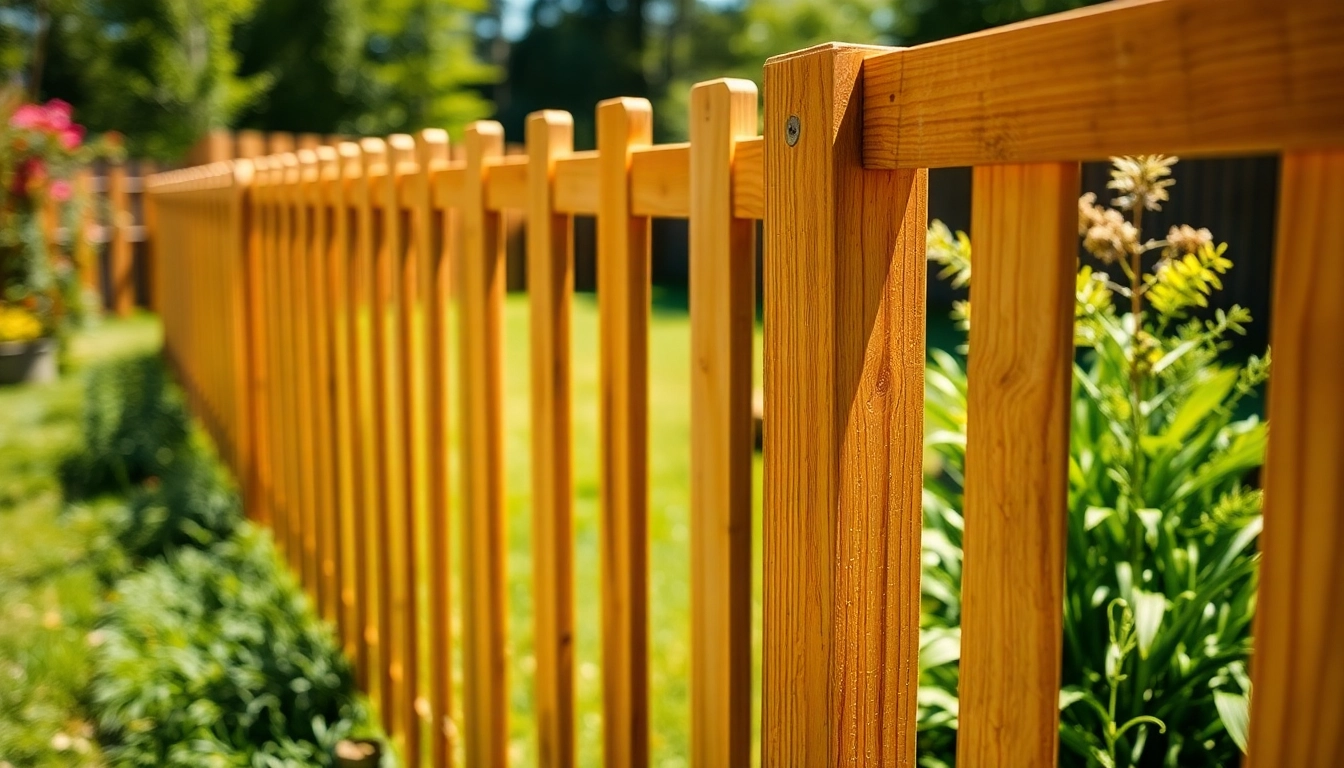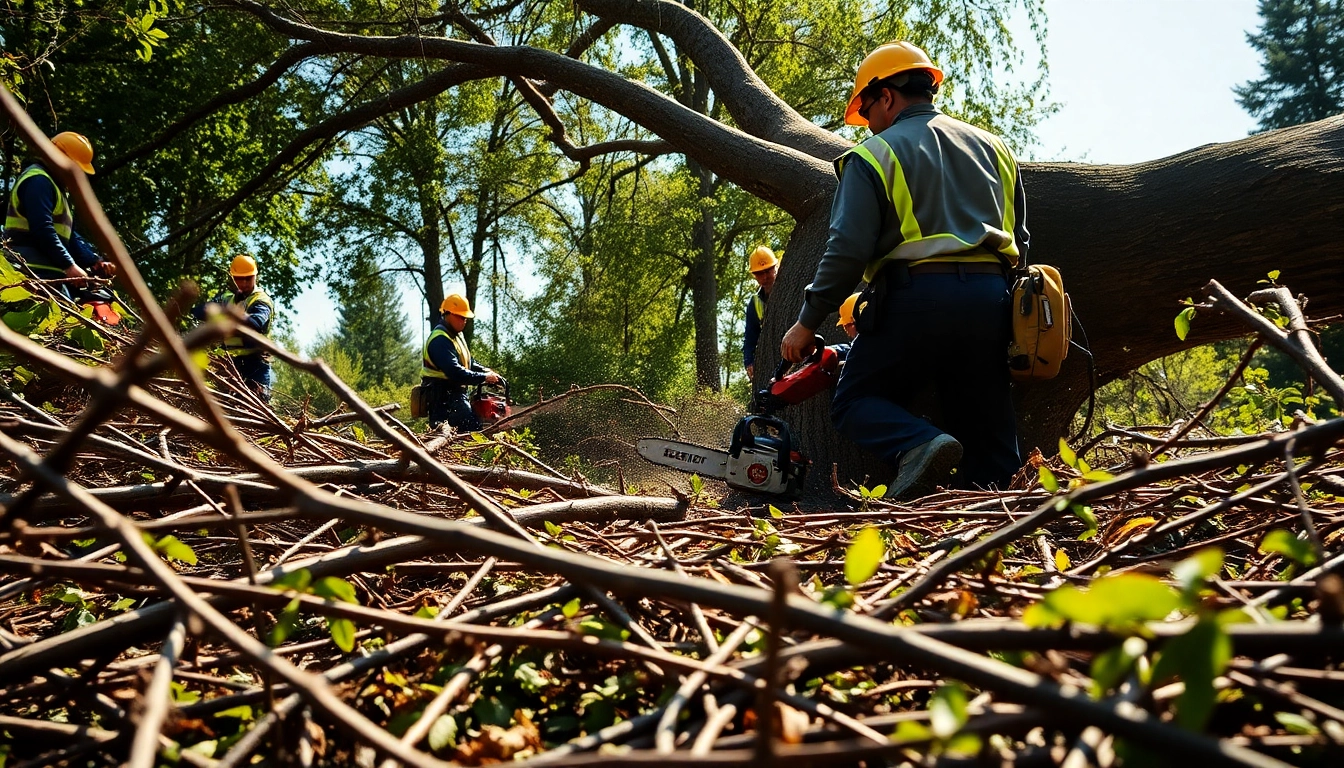Understanding Drywall Painting Basics
What is Drywall Painting?
Drywall painting is the process of applying paint to drywall surfaces, which are composed of gypsum plaster sandwiched between two layers of heavy paper. This type of wall construction is prevalent in the United States and is favored for its quick installation and ability to provide a smooth, uniform surface for finished interiors. Unlike painted wood or plaster walls, newly installed drywall typically requires a combination of priming and multiple coats of paint to achieve a professional look. The drywall painting process encompasses several essential steps, ensuring that the finish is not just visually appealing, but also durable and long-lasting.
The Importance of Prepping Your Drywall
Before diving into the painting process, it’s crucial to prep your drywall adequately. Proper preparation can prevent common issues such as peeling, chipping, or uneven finishes. Key steps include:
- Sanding: New drywall often has rough patches and joint seams from the installation process. Sanding these areas down creates a smooth surface for paint application.
- Cleaning: Dust and debris from sanding or construction can hinder paint adhesion. Using a vacuum or damp cloth to clean the surface is essential.
- Priming: Applying a primer coat allows the paint to adhere better to the drywall and provides an even base for the subsequent color layers.
Common Mistakes in Drywall Painting
Even experienced DIY enthusiasts can fall into pitfalls when painting drywall. Here are some common mistakes to avoid:
- Skipping the Primer: Many may think it’s unnecessary to prime newly installed drywall, but this step is critical for achieving a uniform finish and preventing paint absorption issues.
- Poor Surface Preparation: Skipping sanding and cleaning steps can lead to an uneven appearance and poor paint adhesion.
- Incorrect Paint Selection: Using the wrong type of paint, such as oil-based instead of latex, can impact the durability and appearance of the finish.
Preparing Your Space for Drywall Painting
Removing Furniture and Covering Floors
To protect your property during the painting process, start by clearing the area of furniture and other belongings. This not only prevents damage but also allows for free movement while painting. For floors, consider using drop cloths or old sheets to cover surfaces and capture paint drips. This step saves you significant cleanup time and minimizes the risk of stains.
Gathering Necessary Tools and Materials
Having the right tools and materials at your disposal can make a world of difference in the drywall painting process. Essential items include:
- Paint rollers and brushes
- Painter’s tape
- Tray for paint
- Sandpaper or sanding sponge
- Quality drywall primer
- Paint in your desired color
Investing in quality tools will enhance your efficiency and the quality of the final result.
Choosing the Right Lighting for Painting
Good lighting is crucial during the painting process. Insufficient light can prevent you from seeing imperfections that need addressing. Ideally, paint in natural light, but if that’s not possible, ensure that the space is well-lit with strong, even overhead lighting. This will help identify any missed spots or uneven areas as you paint.
Choosing the Right Paint and Primer
Best Types of Paint for Drywall
When it comes to selecting paint for drywall, latex paints are typically the best choice due to their ease of use, quick drying times, and excellent adhesion properties. They are also easier to clean up compared to oil-based paints. Within latex paints, options vary from flat to eggshell and semi-gloss finishes:
- Flat Paint: Ideal for hiding imperfections and best for low-traffic areas.
- Eggshell Paint: Offers a slight sheen and is more durable than flat paint, making it suitable for living areas.
- Semi-Gloss Paint: Excellent for high-traffic areas, this type is durable and easy to clean, making it ideal for kitchens and bathrooms.
Understanding Primer and Its Importance
Primer is often the unsung hero of the painting process. It serves multiple purposes, such as sealing the porous surface of drywall, improving paint adhesion, and ensuring a true color representation when the finish paint is applied. Using a quality primer can dramatically improve the final appearance and longevity of the paint job.
Paint Finish Options: Which is Best for Your Space?
The choice of paint finish can affect not only aesthetics but also maintenance. Here’s a quick guide to various finishes:
- Flat Finish: Great for low-traffic, formal areas like dining rooms.
- Satin Finish: A versatile option suitable for moderate traffic areas.
- Glossy Finish: Provides durability and is easy to clean; excellent for children’s rooms or high-traffic areas.
The chosen finish will ultimately depend on the space in question, with consideration given to traffic levels and desired visual impact.
Step-by-Step Guide to Painting Drywall
How to Prep the Surface for Painting
Effective surface preparation is key to achieving a professional finish when painting drywall. Follow these steps:
- Sanding: Smooth all seams and joints using a fine-grit sandpaper.
- Cleaning: Vacuum the walls to remove any dust. Follow up by wiping the drywall with a damp cloth.
- Priming: Apply a layer of primer, ensuring even coverage. Use a roller with an extension pole for larger sections and a brush for corners and seams.
Painting Techniques: Rollers vs. Brushes
Both rollers and brushes have their places in drywall painting:
- Rollers: Best for large areas, providing quick coverage. Using a high-quality roller cover can reduce lint and deliver a smoother finish.
- Brushes: Ideal for corners, edges, and detailed work. A quality brush ensures crisp lines, which are especially important when coding different colors or designs.
Tips for Achieving a Smooth Finish
To achieve a smooth finish, consider the following tips:
- Apply thin, even coats of paint rather than a single thick layer.
- Sand between paint coats once dry for an ultra-smooth finish.
- Use a paint conditioner to improve flow and leveling.
Post-Painting Care and Maintenance
Cleaning Up After Your Project
After the painting is completed, proper cleanup is essential. Collect and dispose of drop cloths, clean paint tools in soap and water (for latex paint), and ensure paint containers are securely stored or disposed of according to local regulations.
How to Address Common Painting Issues
Even with careful planning, issues can arise during or after painting, such as:
- Peeling or Bubbling: This often indicates poor adhesion, usually due to insufficient prep work. Scraping and reapplying primer and paint can fix this.
- Streaks or Uneven Color: Often a result of inadequate mixing or inconsistent application. Ensure thorough mixing and careful roller technique to avoid this.
Final Touches for a Professional Look
To finish your drywall painting project with a polished look, consider the following:
- Touch up any spots missed during the initial painting.
- Remove painter’s tape before the paint fully dries to avoid peeling.
- Inspect the finished work under different lighting to catch any imperfections that need fixing.



